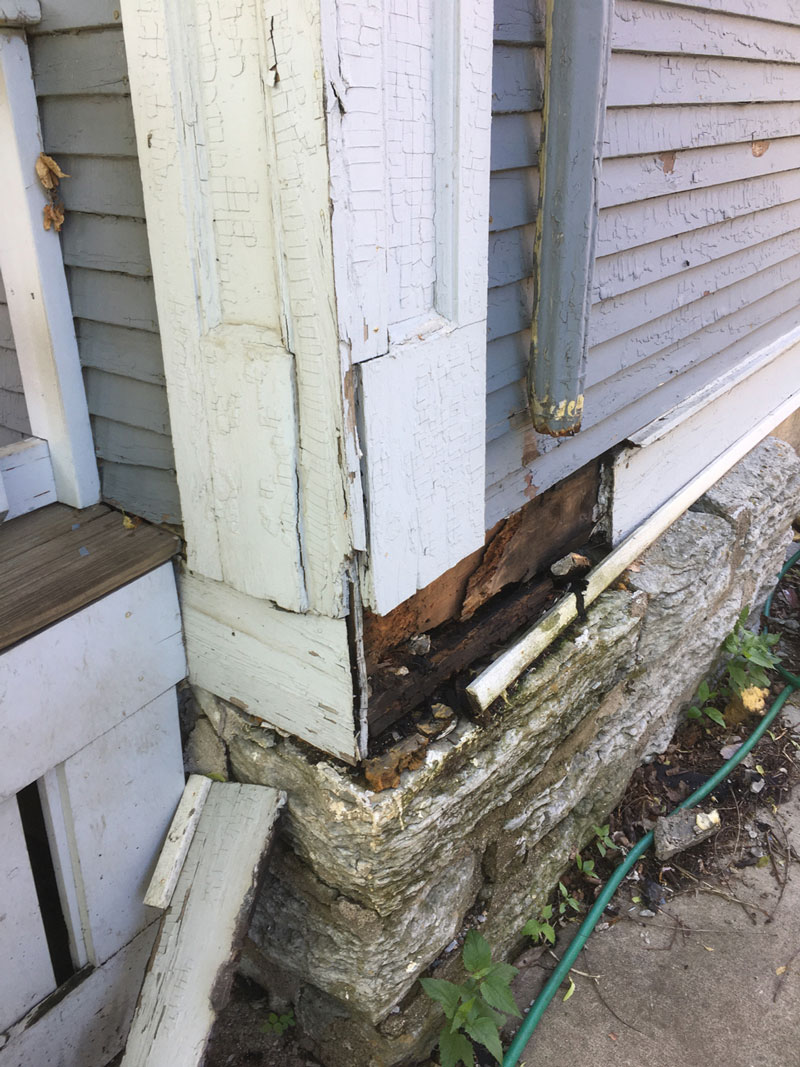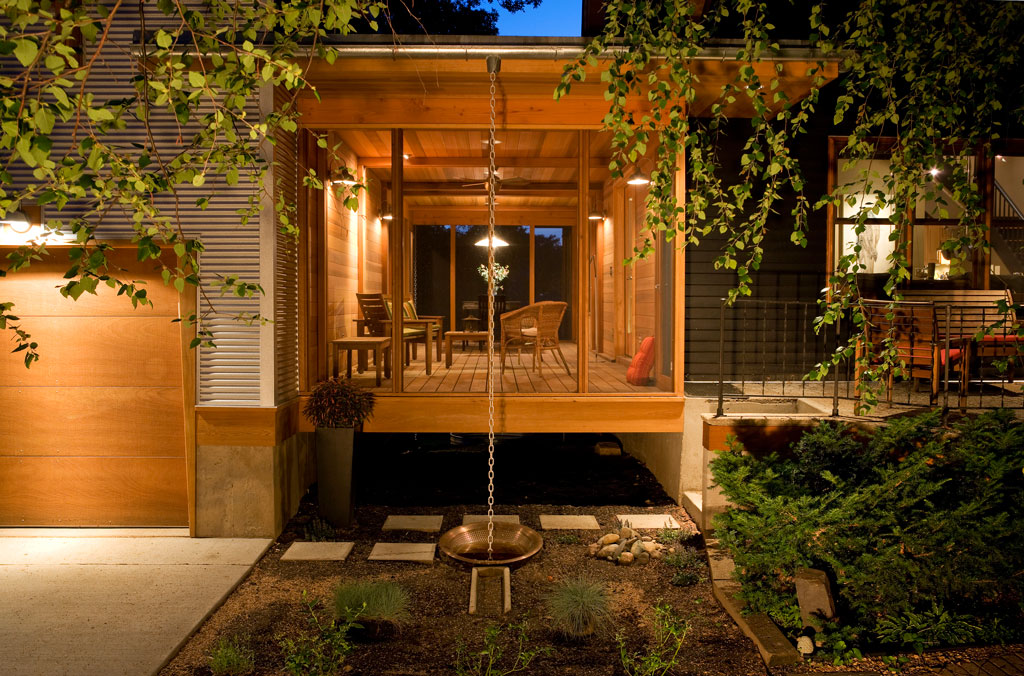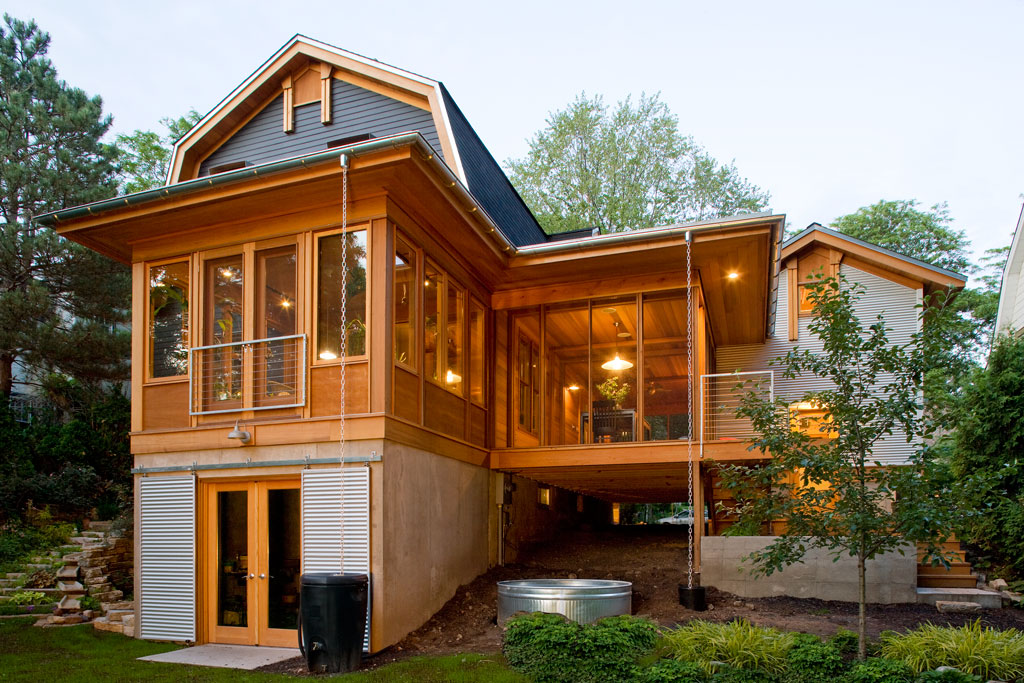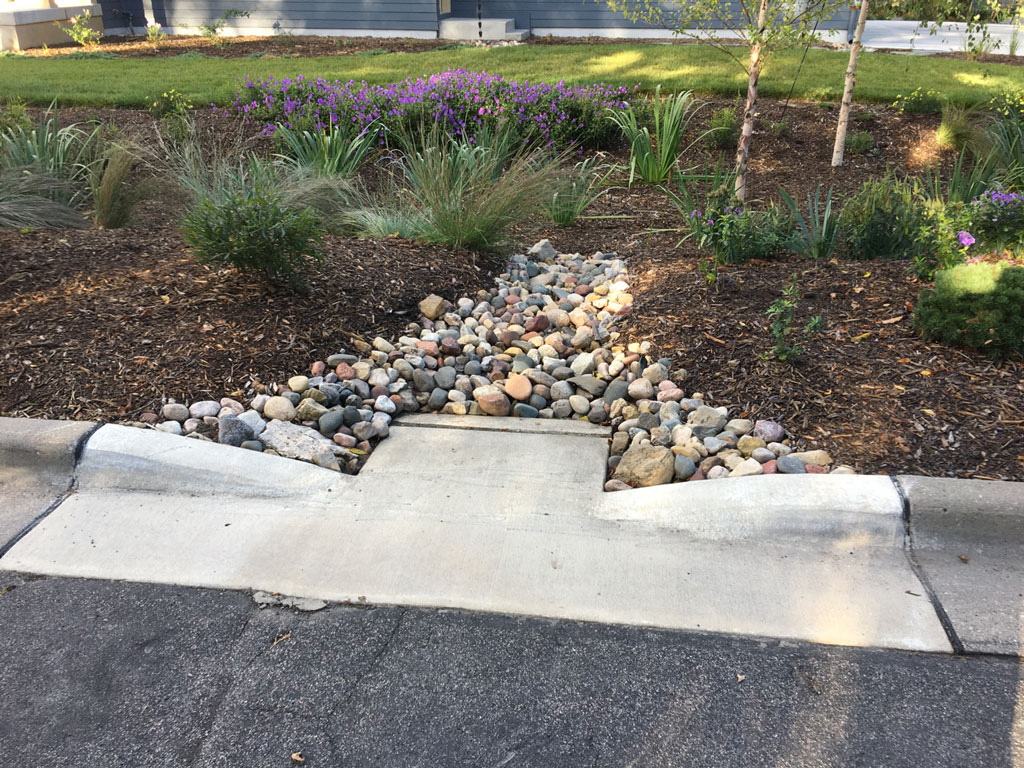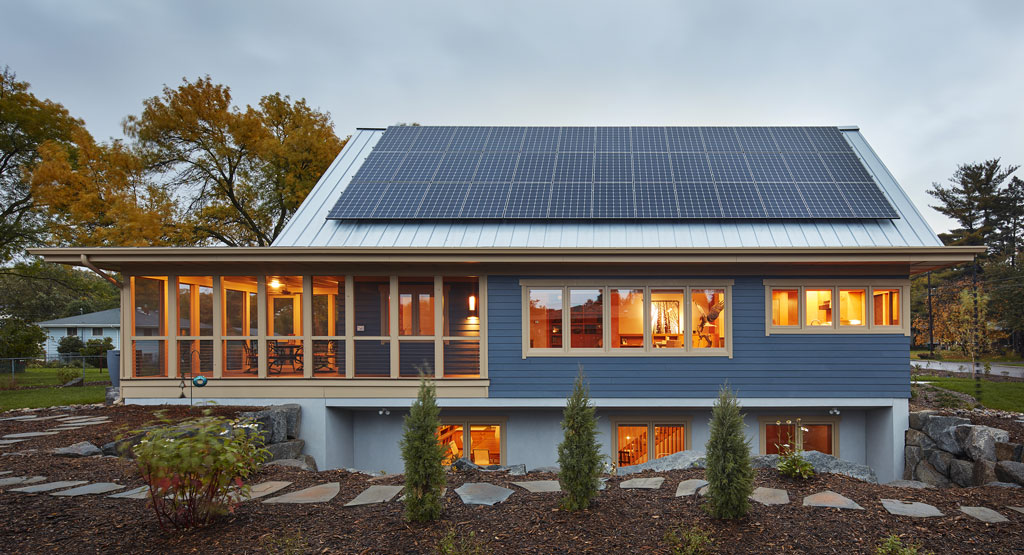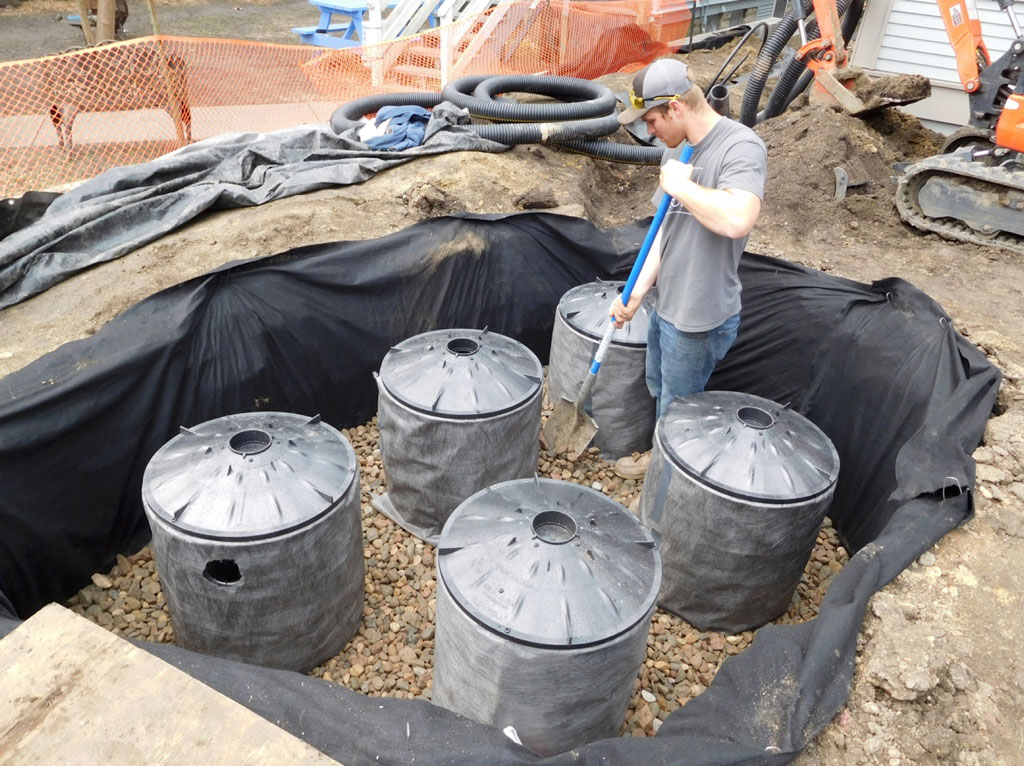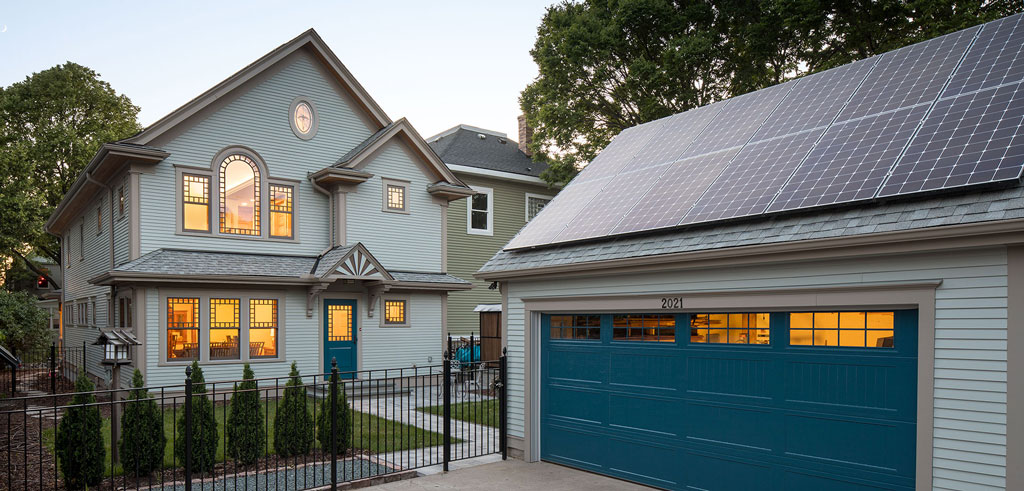With all of the rain events in the past several weeks in the Twin Cities, I found myself humming the nursery rhyme “Rain, Rain, Go Away. . . “ as I thought about the remodeling work that just started on one of my 100 year old projects where we found some of the worst effects of water getting into the wrong places. Rotted rim board and some foundation stone breaking away . . . Yikes!
Then I stopped to think about the words of that rhyme and the situation at hand, and it occurred to me that perhaps a better rhyme would be:
Rain, Rain, Come Today
But Soak On In
Don’t Run Away
The key of course is controlling where the water soaks in and understanding our dependence upon it holistically in life as well. For a lot of years, conventional wisdom was to direct that water down the storm sewer where it quickly flowed into lakes and rivers. Even before that it was directed right into the sanitary sewer, but fortunately that has been illegal for some time already. Cast iron pipes sticking out of the ground near the exterior of the foundation are a remnant of that era.
In more recent years, there has been a wise shift of thinking to also lessen the direct flow of storm water runoff to the lakes and rivers, since that storm water carries so much pollution with it. Also, stopping or slowing down storm water’s ability to rush to lakes and rivers helps prevent downstream floods and the devastating effects and costs of those.
Getting water away from the building is still critical, but preventing it from leaving the site has huge benefits. Roof overhangs, gutters and downspouts are of course great tools to get the water away from the building. Done thoughtfully, they can also enhance the beauty of your home. Rain chains are also a great way to get the water from the gutter to the ground, especially at a location where a down spout pipe may be less desirable. These are beautiful unto themselves and make the flow of water an attractive feature. I particularly like them during the freeze / thaw seasons of the year when unique formations of ice build up and glisten in the sun.
Rain barrels, rain gardens and drywells are great ways to keep the storm water on site and encourage it to absorb into the ground. Water collected in rain barrels also helps reduce the need to use potable water for landscape related water needs. Rain gardens can also add beautiful color to the landscape and provide habitat for pollinators. Ohm Sweet Ohm manages more than 100% of the water that hits the site, by also collecting as much water from the street as possible in the rain gardens. Typically all that it requires is a pretty simple curb cut upstream from the storm sewer drain inlet. Your city or watershed district often will even help pay for that, if you ask, since it is such a benefit to the environment and it helps reduce their costs of storm water management downstream.
At Net Zero Victorian, which had a much smaller site we used drywells to collect the water from the down spouts, and encourage absorption of that water into the ground. We positioned many of them right near the vertical loop field for the Ground Source Heat Pump system which helps keep the soil wet in that area and improves its energy efficiency. I love it when we can find synergies of systems like this!
Believe it or not, those dry wells and the vertical loop field are underground in this small back yard.
Water is such an essential compound for life, yet the worst enemy of buildings when it gets in the wrong places, and yet can be so beautiful when we embrace its dynamic attributes. I hope this quick read wets your appetite to both embrace and respect the attributes and opportunities associated with water at a deeper level the next time you embark on a home project!
